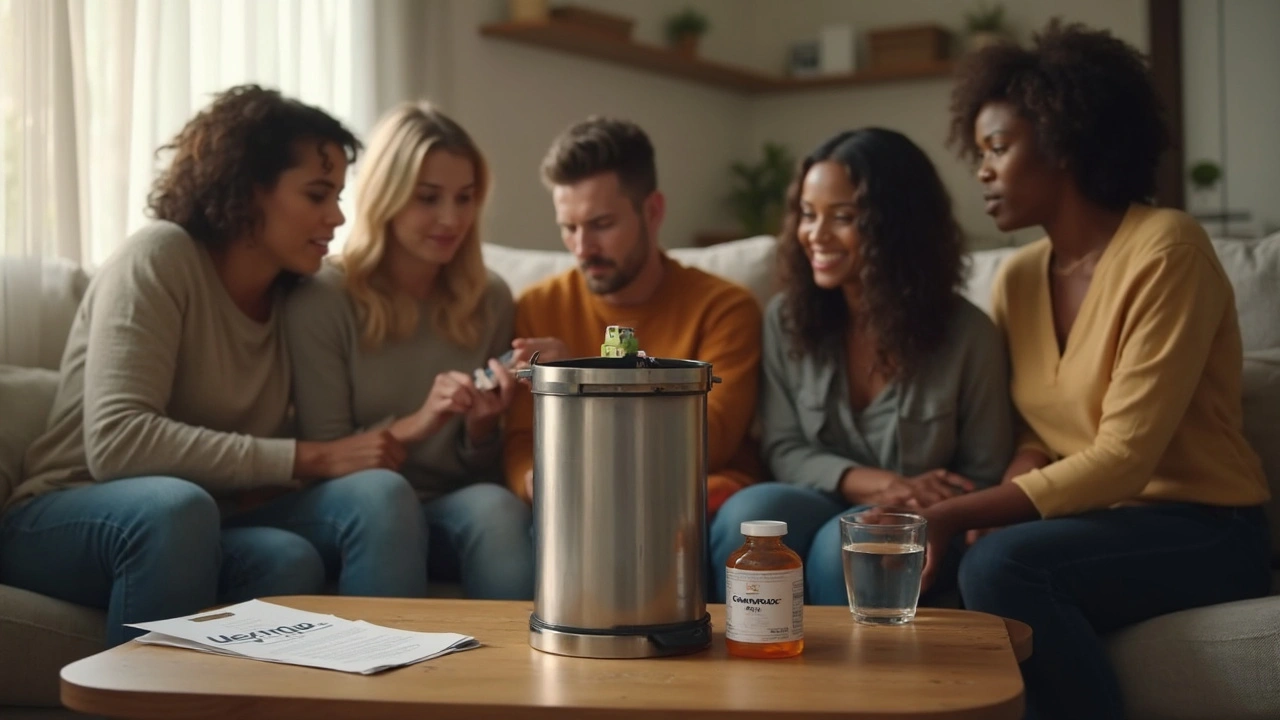Quit Smoking: Simple Steps to Stop and Stay Smoke‑Free
Thinking about dropping the pack? You’re not alone—millions decide to quit each year, and most succeed with the right plan. The good news? You don’t need a miracle cure, just a few realistic moves and a bit of patience.
First, set a quit date that’s realistic—give yourself a week or two to prep. Mark it on your calendar, tell a friend, and start chopping out triggers like coffee or after‑meal cigarettes. The moment you stop, your body begins repairing itself, and you’ll start feeling the benefits fast.
Why quitting matters right now
Within 20 minutes your heart rate drops, and after 12 hours carbon monoxide levels return to normal. In just a few weeks you’ll notice easier breathing, less coughing, and better stamina for daily chores or a jog.
Long‑term, quitting cuts your risk of heart disease, stroke, lung cancer, and COPD dramatically. Those numbers aren’t abstract—people who quit before 40 lower their death risk by half compared to those who keep smoking.
Beyond health, think about the money. A pack a day can cost over $2,000 a year. Those savings could fund a vacation, a new hobby, or just a bigger emergency fund.
Easy strategies to beat cravings
Cravings usually hit hardest in the first 72 hours. Here’s how to handle them:
- Stay busy. Hand‑to‑hand activities—chewing gum, juggling a stress ball, or playing a quick game—keep your mouth and mind occupied.
- Swap nicotine. Over‑the‑counter patches, gum, or lozenges give a steady dose without the smoke. They’re especially useful for late‑night urges.
- Change routines. If you always smoke on the balcony after dinner, move to a different spot, sip tea, or read a short article instead.
- Drink water. Hydration reduces the sensation of a “need” and helps flush toxins faster.
When a craving hits, try the “5‑minute rule.” Count to 60, take deep breaths, and remind yourself you’ve already survived the past five minutes. Most cravings fade quickly once you’re past the initial surge.
If you slip, don’t quit the effort. Treat it as data—what triggered the slip? Was it stress, social pressure, or a specific drink? Adjust your plan accordingly and set a new quit date if needed.
Support matters. Join a free quit‑line, use an app that tracks milestones, or link up with a Facebook group focused on quitting. Sharing wins—even small ones—boosts confidence and keeps you accountable.
Lastly, reward yourself. Celebrate a day, a week, and a month smoke‑free with something you enjoy—a movie night, a new book, or a small purchase. These positive associations reinforce the habit change.
Quitting smoking isn’t a one‑size‑fits‑all recipe, but with clear goals, handy tricks, and a network of support, you can break the cycle and feel healthier fast. Ready to pick a quit date? The next step is yours.
-
26
Get the real story on Champix, the stop smoking pill, how it works, side effects, and tips for quitting. Find out what to expect and if it's the right choice for you.

